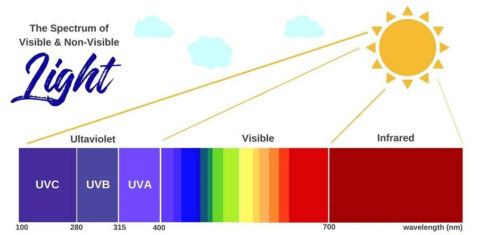UVC LIGHT SANITIZERS

WHAT IS ULTRAVIOLET LIGHT?
Ultraviolet (UV) light is a short wavelength light invisible to the human eye. When it comes to wavelengths, lights in our homes and outdoors are a longer wavelength light while X-rays are a shorter wavelength light. UV falls between the two.
The sun puts out three different types of ultraviolet light: UVA light, UVB light, and UVC light. The first two are let into the atmosphere in various intensities and are what cause wrinkles, sunburns, etc. UVC light is almost completely absorbed by the earth’s ozone layer, so it’s generally the one that people are less familiar with – but it’s powerful nonetheless.

HOW CAN ULTRAVIOLET LIGHT KILL GERMS?
It was discovered in the late 1800s that UVC light can actually be used as a UV light sanitizer with the ability to kill up to 99.9% of germs. The technology was put to use in the early 1900s in Europe for water purification and is still used today.
Without getting too technical, a UVC light sanitizer acts by penetrating the thin wall of a small microscopic organism and destroying its nucleic acids. This disrupts the DNA structure and either kills it or renders it unable to reproduce – and therefore harmless. As a result, the use of UVC light to sanitize and kill germs has many applications.

